RARE ENDANGERED AND THREATENED (RET) PLANTS
-Dr. P.C. Dubey
Rare, Threatened, and Endangered Species Nature’s delicate balance is increasingly disrupted by human activity, placing countless species at risk. Rare species are those with small populations that exist in limited habitats, often due to specialized ecological needs. Threatened species face a high probability of becoming endangered in the near future if current pressures-like habitat loss, pollution, or climate change-continue unchecked. Endangered species are already on the brink of extinction, their numbers critically low and survival uncertain. From the lion-tailed macaque in India’s Western Ghats to the Gangetic dolphin in our sacred rivers, these species are not just biological entities-they are cultural and ecological treasures. Their loss would echo far beyond science, silencing voices in the symphony of life.
RET SPECIES
- IUCN first prepared guidelines in 1994 for threat assessment
- It includes information on population size, trends, distribution, ecology, habitat preferences, utilization, threats and conservation measures needed.
Regional RET List of MP List of Rare Endangered and threatened species: Ret Species have very important role in tribals life in their culture, livelihood, and rituals Number of Threatened species
Trees—–29
Climbers—–11
Herbs—–14
Shurbs——04
Total—–58
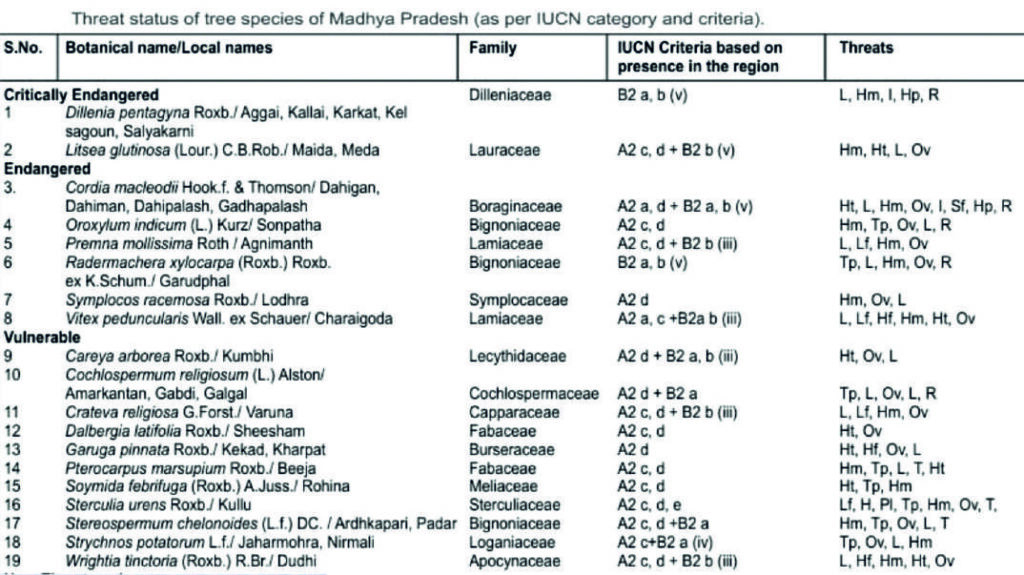


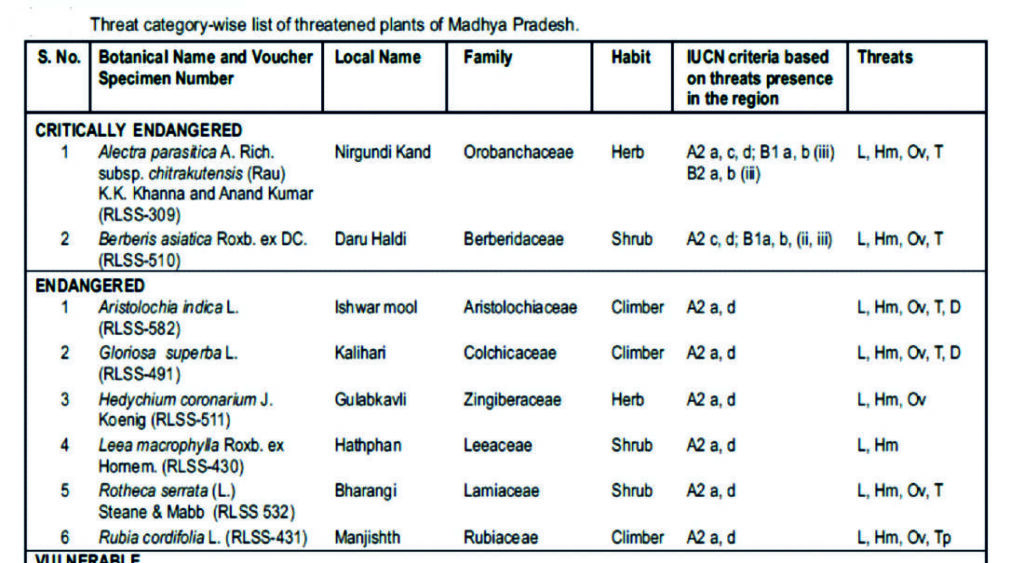

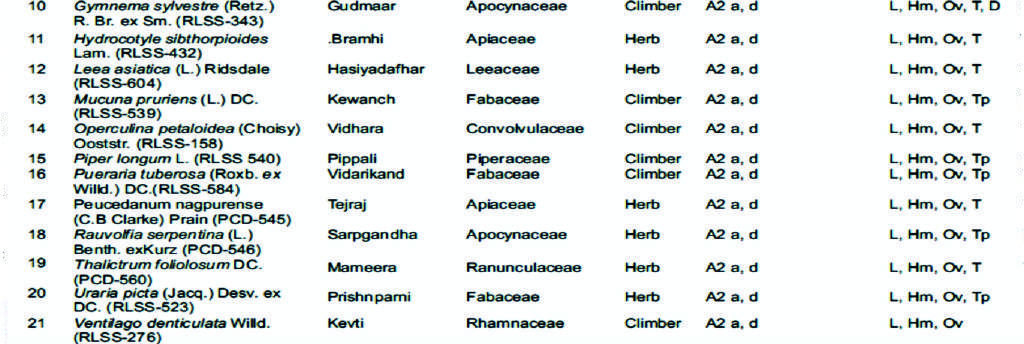
IUCN Threat Categories:
- Extinct
- Extinct in Wild
- Critically Endangered
- Endangered
- Vulnerable
- Near Threatened
- Data Deficient
Nature Of Criteria:
- Population size reduction
- Geographic range size, fragmentation, few location, decline or fluctuations
- Small decline in population size, fragmentation, fluctuations
- Very small population or very restricted distribution
- Quantitative analysis of extinction risk
Listing RET Species:
- To list a particular taxon in any of the category of the threat, only one of the criteria above mentioned need to be met.
- Assess against as many criteria as data permits
- Criteria for highest category of threat that the taxon qualifies should be listed
- Criteria are aimed at detecting symptoms of endangerment rather than causes
Evaluation Criteria:
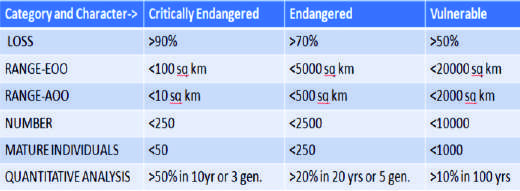

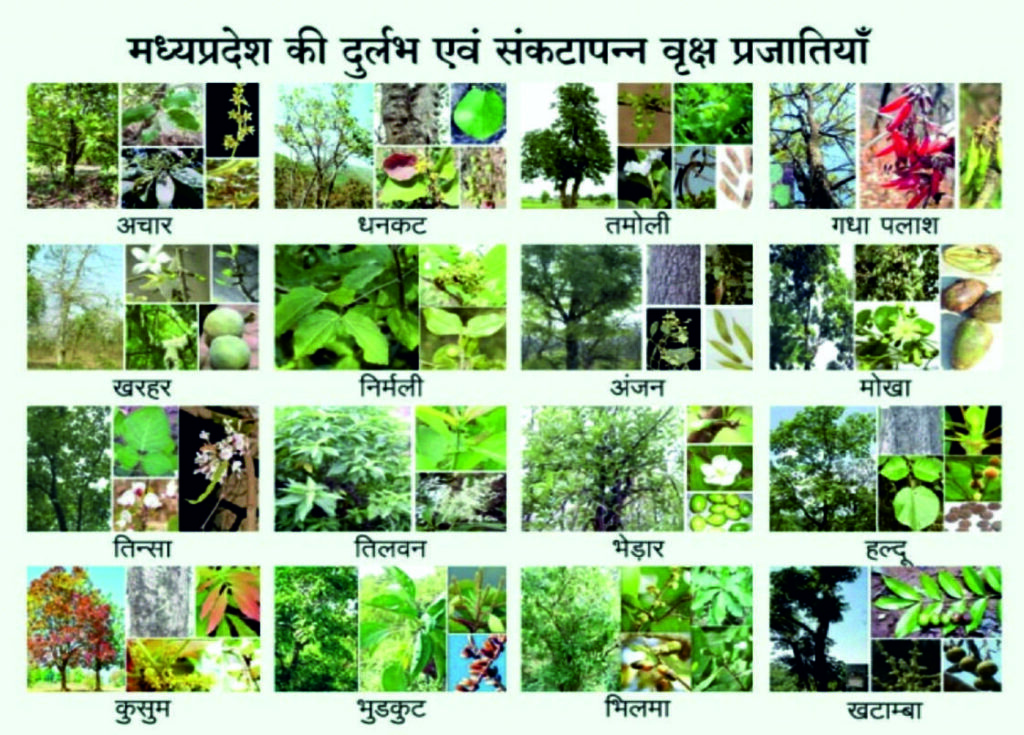
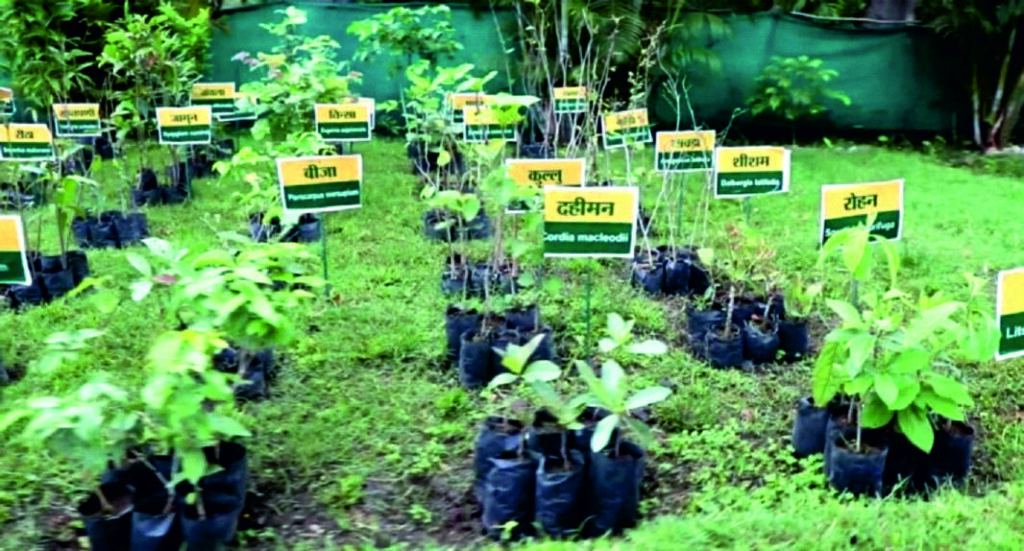

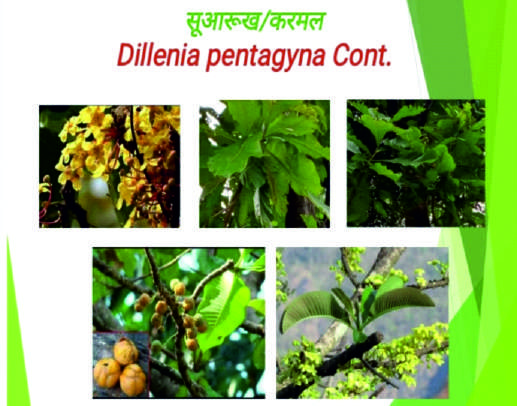



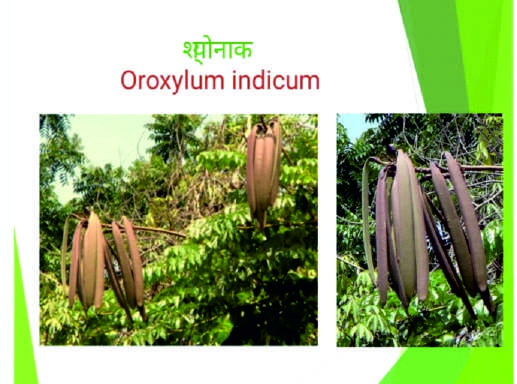

Author:
Retd. Apccf M.P.












